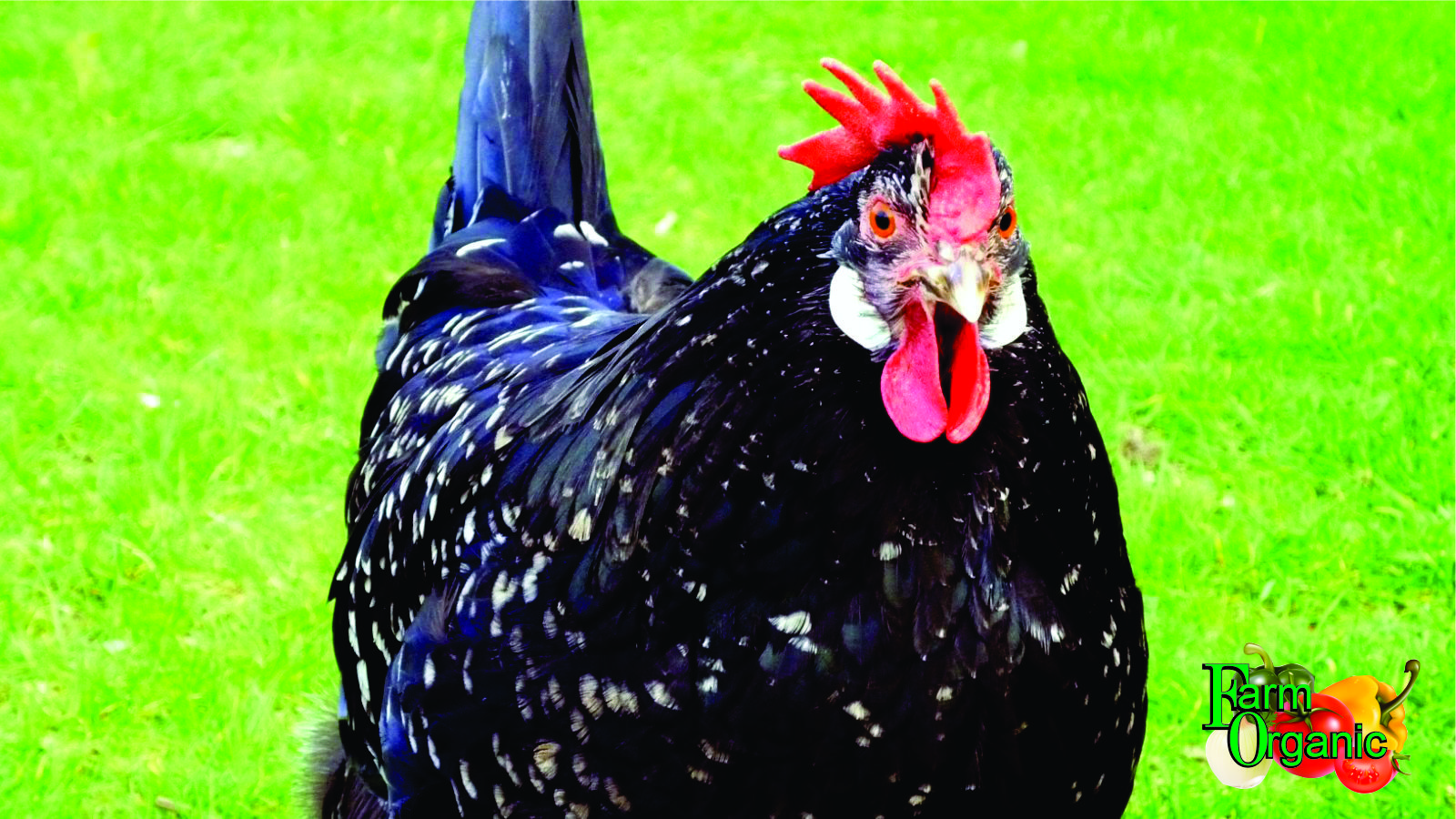
Ancona Chickens
The city of Ancona in eastern Italy is where the Ancona Chickens got their name. It is believed that in 1851, they arrived in England for the first time. Regarding the Ancona’s origins, there are differing opinions. Some say it is closely related to the original Mottled Leghorn. Actually, it’s just a variation of the Leghorn breed, but it’s still a unique one with unique traits.
This Breed In Focus features the Ancona, thanks to Grant. I find it surprising that they aren’t more well-known as a breed given their amazing comb and handsome appearance.
This Breed In Focus features the Ancona, thanks to Grant. I find it surprising that they aren’t more well-known as a breed given their amazing comb and handsome appearance.
I believe the Ancona to be among the most stunning breeds of chicken in terms of sheer beauty. It comes, possibly rather obviously, from the Ancona province in Italy, where the first British copies were brought in 1851.
Despite being shipped to America in 1888, the breed’s type and markings were refined to the current standards by additional imports from the US and Italy.
Since the shape and plumage of Ancona chickens are similar to those of Leghorns, especially the Black Mottled variation, and suggest a Mediterranean heritage, many people believe that Ancona chickens are related to Leghorns. 
Germany and Holland produced the Blue Mottled Ancona, and Professor Lamoureux used Ancona hens to establish the Ancobar autosexing chicken breed in America in 1941 and the UK subsequently. Nevertheless, it has never gained traction and is believed to be extinct in the UK.
General attributes
I was drawn to the breed because of its exquisite and intricate feather markings. The striking pattern created by the white “V-shaped” spangles at the end of each black feather, resembling beetles, makes Anconas difficult to miss in the show pen.
A beautifully prepared Ancona deserves great praise in the luxury poultry market. Even if the color breeds true, it is extremely difficult to produce flawless specimens due to the standard’s high detail, which calls for each feather to be “tipped” and proportionate. According to well-known Ancona breeder David Speak, you need to breed ten of them to produce one nice one.
Characteristics
Ancona chickens are at foraging and layering, and they seldom grow broody. Their eggs are decently sized and white. Despite being a tough breed, they can exhibit flightiness. The bantams are said to be slightly calmer than the huge fowl, which may go against what one would assume, but I believe it depends on how well-handled they were as young birds. Regardless of breed, it makes sense that a chicken that has had frequent handling will be gentler than one that hasn’t.
Types of combs
One of the rare breeds where there is a choice of comb types is the Ancona. The most widely used type is the single comb, which resembles the Kellog’s Corn Flakes cock. The alternative is a rose comb, which is still seen at shows today, albeit in very few hands. This bothers a lot of fanciers, who believe that a breed should only ever have one type of comb. Rose-combed specimens were previously allowed on the show bench, but the Orpington Club has changed its rules to only accept the single comb.
Breeding Advice
The Ancona is proud to be the most exact and uniform of all the mottled breeds of chicken, particularly when it comes to markings. They are not a novice breed, and if we didn’t think about “selection,” it would be simple to lose the distinguishing characteristic in a few of generations.
Certain specimens exhibit a lack of mottling in the tail area, which the judges understandably choose to ignore.
The greatest option if you want to get some Anconas for your garden is to find a reputable breeder with top-notch stock.
